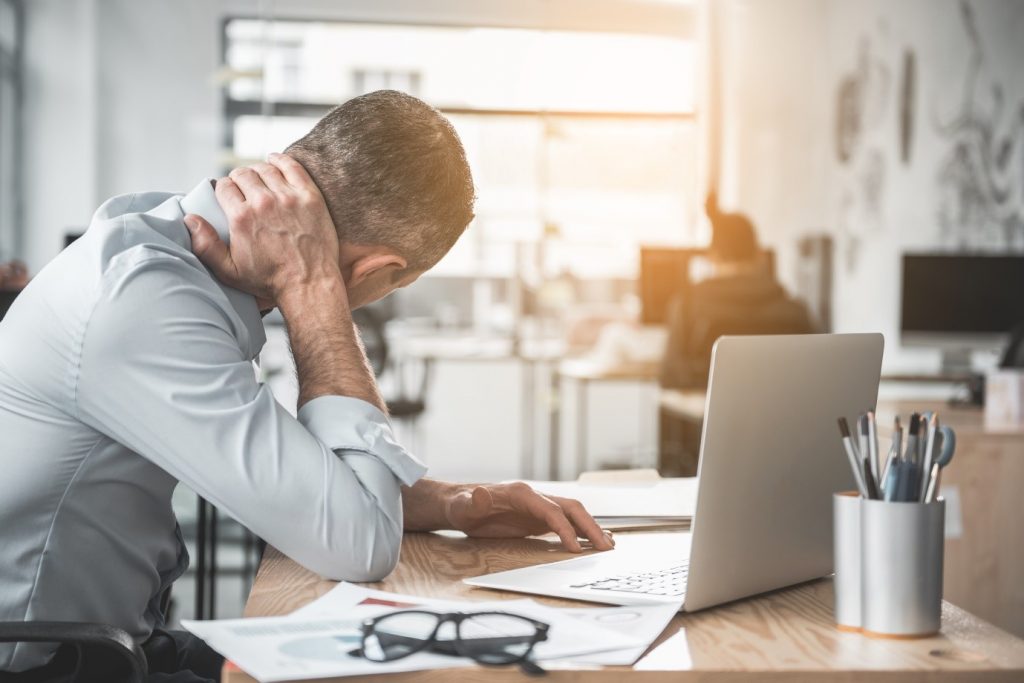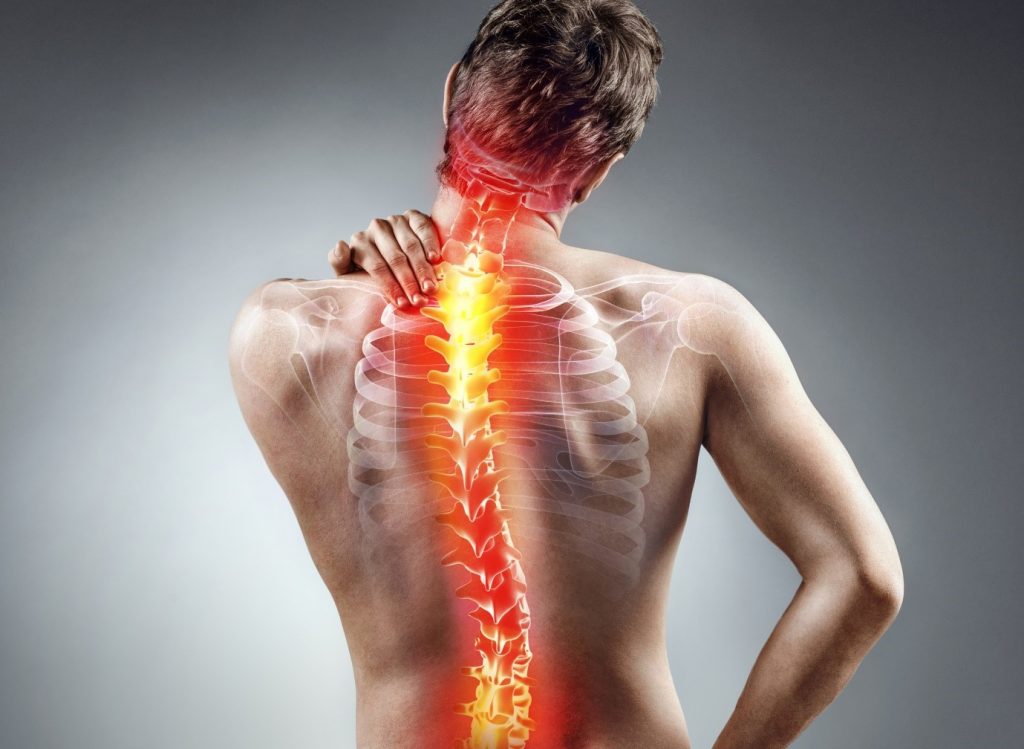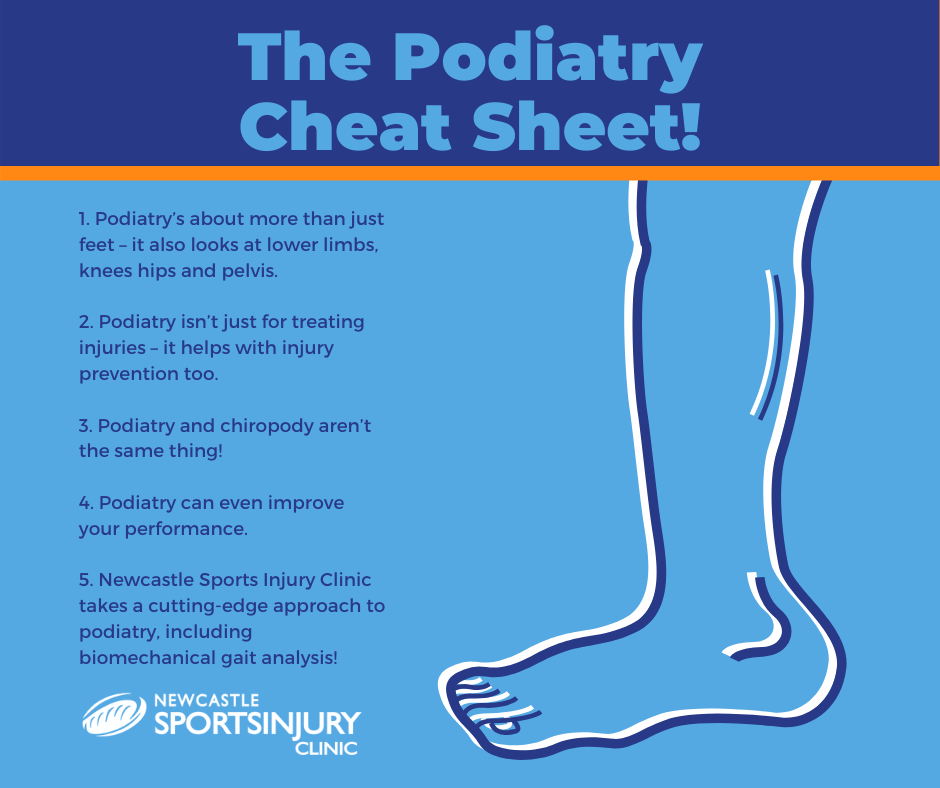
I’m sure you’ve read countless articles by now about the impact of lockdown on our social lives, livelihoods, and mental health, but what about our physical health? Despite Joe Wicks’ best efforts, almost all of us have been more sedentary over the past few months, and this has taken its toll. Specifically, I’m concerned about the impact it’s having on our spines and what this could mean in the long run.
At our clinic, we aim to ensure our patients get fit and stay fit, so we see injury prevention as being just as important treatment. This blog was created with this in mind: it’s the first in a series of posts that will address the new ‘lockdown back’ and outline some steps you can take to avoid or fix it.
Sitting comfortably?
Before we properly get into this blog, I want you to just take a moment to think about how you’re sitting while you read this. Are you craning your neck to look down at your phone? Are you hunched over a laptop screen? Are you sat in a chair without proper back support?
For many people, postures like this have become second nature in recent years as we spend more and more time scrolling away online, but our usual break from these household habits has been taken away during lockdown. Lots of us – myself included – have spent the last 6 months away from our normal workplace settings, and, while this has had many unexpected benefits, it’s had a devastating impact on some people’s spinal health. We’re sitting far more and standing far less; we’re working at makeshift desks; we’re attempting to juggle zoom meetings and childcare. All of these things and more are contributing to a transformative shift in the daily use and position of our spines.
Short-term change, long-term problem

This is something I’ve been seeing on a daily basis throughout lockdown. For months, I’ve been assessing and treating patients via Zoom, Facetime, and WhatsApp, and even through the small screen, I could see people’s backs literally changing shape. These are backs that I was familiar with from pre-lockdown sessions, but I could hardly recognise them! Now that we’re back to face-to-face appointments, the extent and scale of these changes has become apparent, and I’m worried that this could be a long battle for some patients.
The reason this is so concerning is that spinal mobility is vitally important for the way our bodies function and move. Sustained tightness and imbalances can cause a wide variety of pains, inflammations, and injuries, and these problems aren’t just constrained to the back: they can cause issues across the body. I’ve had patients with new instances of hip pain, knee instability, frozen shoulders, tennis elbow, and sciatica – to name a few – and this is just the tip of the iceberg. A lot of people do not even realise that their back has changed shape and that they are holding themselves differently with new imbalances.
This hidden consequence of lockdown is a disaster waiting to happen, especially as many will be working from home for the foreseeable future. If people miss the intervention window, they could end up with chronic injuries, additional issues caused by compensation patterns, or even unnecessary medical procedures down the line.
What can you do about it?
Luckily, it’s still early days (even though the start of lockdown might feel like a distant memory), so it’s not all doom and gloom! Keep an eye out for our next few blogs in the comings weeks where we’ll outline how you can test your spinal health and take steps towards addressing any issues, so you can get fit and stay fit.
If you are experiencing any pain or discomfort in the meantime, you can book a session with one of our chartered physiotherapists or other professionally registered therapists here (we also do Zoom appointments for anyone who is currently shielding or isolating).
Alternatively, if you’re running a business, we can help your employees work better and safer, whether they’re in the office or at home. You can learn more about our occupational health services here.

